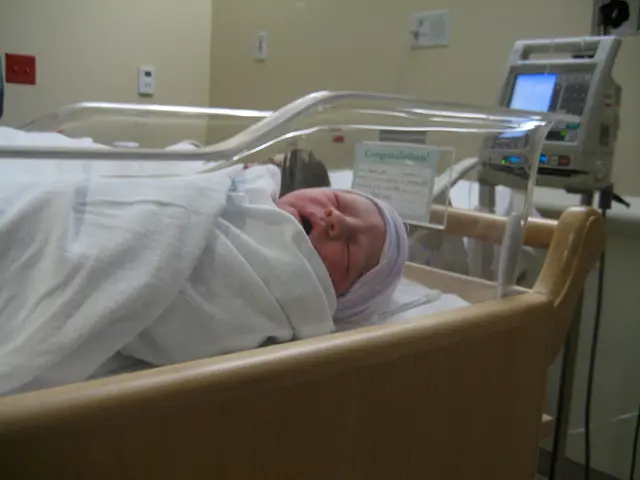Laser-induced brain revelation: American researchers expose the perception of nonexistent visuals
In a groundbreaking discovery, a collaborative team from the University of California, Berkeley, and the Allen Institute in Seattle has identified the specific neural circuit and cell type responsible for perceiving visual illusions. The findings of this study, published in the prestigious Nature Neuroscience journal on September 15, offer new insights into how our brains interpret and shape the reality we experience daily.
The team used a novel approach, two-photon holographic optogenetics, to stimulate IC-encoder neurons with a beam of light. These cells, responsible for the perception of visual illusions, were identified in the collaboration's research conducted in 2023.
The Allen Institute's OpenScope program provided the Berkeley team with access to advanced tools, including a "Neuropixels probe rig." Using six probes, scientists made unique, brain-wide electrical recordings that allowed them to see the real-time feedback loops in the brain with millisecond precision.
The stimulation of IC-encoder neurons with a beam of light triggered the same brain activity patterns when mice saw an illusion, demonstrating that these specific neurons are responsible for creating the perception. Even when no illusion was present, the team was able to stimulate IC-encoder neurons with a beam of light.
An illusion occurs when our perception of an object doesn't match the sensory information. A classic example of an illusion is the "Kanizsa square." The study revealed for the first time in mice that a feedback loop exists in the brain. The electrical brain activity of mice was observed as they viewed illusory images.
The findings shift the understanding of vision from a passive process to an active one where the brain actively constructs our perception of reality. IC-encoder neurons have a unique capacity to drive pattern completion, which allows them to recreate patterns in a very effective manner within the brain's visual system.
Jerome Lecoq, Ph.D., associate investigator at the Allen Institute, stated that understanding which cells and in which layer this activity occurs is helpful for treating neurological disorders. The study has huge implications for neurological disorders where perception goes awry, as it helps us understand how abnormal patterns of activity emerge in the brain.
This research marks a significant step forward in our understanding of the brain and its role in shaping our perception of the world around us. It opens new avenues for exploring how brains interpret and shape the reality we experience daily.
Read also:
- Transforming Spaces for Fresh Air: The Role of Architecture and Interior Design in Promoting Healthier Environments
- Deer in Canada are being eradicated by a "zombie-like illness", posing a threat to hunters
- Applications for the 2026 HRCIF program will become available shortly
- Cholera's Origins and Transmission Explored






